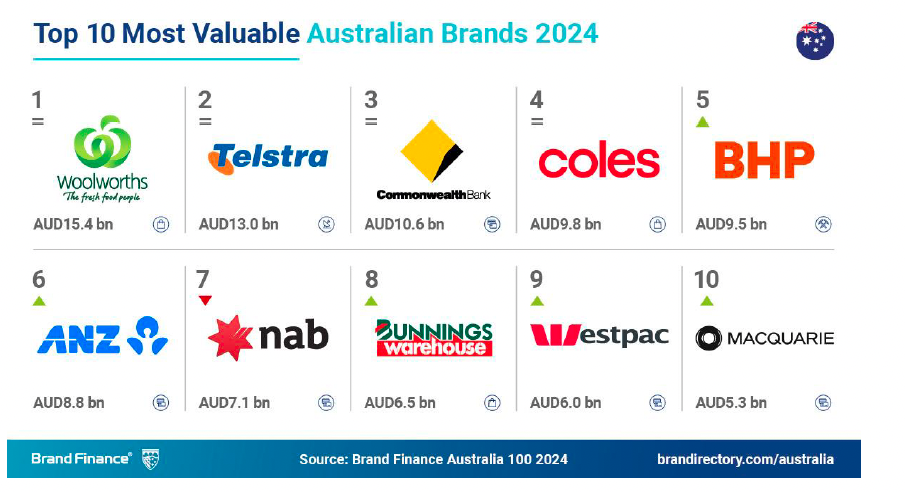What would you do if you’d have only 10 days to improve your website’s ranking on Google?

In today’s dynamic landscape of online visibility, securing a prime spot on Google’s search results has become a vital goal for businesses of all sizes and for many, is the holy grail of online success. This pursuit encompasses a strategic blend of search marketing and content marketing endeavours, reflecting the dynamic nature of contemporary digital landscapes.
Did you know there are over 8.5 billion searches made on Google each day? Google processes 98,380 searches every second (source: MonsterInsights).
A page ranking in the first position gets nearly 28% of all the clicks. In fact, the top 5 search results on Google account for about 70% of the total clicks, according to Ahrefs. A recent study by Backlinko.com showed that only 0.63% of searchers click on results beyond the top 10.
But what if I told you that you have a mere 10 days to improve your website’s ranking? What would you do? It might sound like a race against time, but let us tell you something: strategic and focused efforts can wield impressive results. In this fast-paced digital age, optimising your website’s performance is not only about knowing what to do but also about knowing how to maximise your impact.
“Time is of the essence” takes on a whole new meaning when you have just 10 days to bolster your website’s position on Google.
With limited time available, we need to laser-focus on high-impact tasks that can lay the foundation for better rankings. To help you in this ambitious endeavor, we present a 10-day blueprint designed to enhance your website’s ranking on Google. Each day, a specific task awaits, carefully curated to lay a robust foundation for better rankings and better online visibility.
Day 1: Keyword Research
Identify relevant keywords for your business using tools like Google Keyword Planner or Ubersuggest. Focus on low-competition, long-tail keywords with decent search volume.
Day 2: On-Page Optimisation
Optimise your website’s meta tags, including title tags, meta descriptions, and header tags, using the target keywords. Use Yoast (WordPress plug-in) for suggestions and measurement.
Day 3: Content Review & Writing
Most SEO experts will agree that this is the most important task of all. Assess the existing content for quality, relevance, and SEO-friendliness. Identify content gaps for future creation and START CREATING NEW CONTENT. We asked a few SEO specialists and they all told us the same thing: if you have only 10 days to improve your SEO, start writing. Don’t forget: write your content for readers first and search engines, second.
Day 4: Competitor Analysis
Analyse top competitors’ websites to understand their SEO strategies and identify opportunities that you can leverage. There are many tools available, Majestic, Ahrefs and Semrush are only few of them.
Day 5: Website Speed
Check the website’s loading speed using tools like Google PageSpeed Insights or GTmetrix. Address any issues affecting load time to enhance user experience and SEO rankings. Optimise your images (you really don’t need 8MB pictures on your website) and while you’re doing this, make sure you write alt descriptions including the keywords from day 1.
Day 6: Mobile Optimisation
Ensure the website is mobile-friendly and responsive, as Google prioritises mobile-first indexing.
Day 7: Local SEO
If you have a physical location (and even if you don’t), create or claim and optimise your Google My Business (GMB) listing. Add accurate business information, images with proper descriptions, and encourage positive reviews.
Day 8: Link Building
Start with outreach to authoritative websites in your client’s industry for guest posting opportunities or link mentions. How you can do this? Subscribe to HARO or other media outlets (make sure you’re fast to react), check competitors’ backlinks, reach out on LinkedIn or X (formerly know as Twitter).
Day 9: Internal Linking
This could be done while you’re doing the content audit on Day 3, depending on how much time you can allocate. Try to do a very natural internal-linking through out the pages and blog sections. Add a Blog section if not done and optimise the pages. This will increase link juice and serve the purpose.
Day 10: Performance Tracking
Implement Google Analytics 4 and Google Search Console to monitor website traffic, keyword rankings, and user behaviour. Use this data to fine-tune your strategy going forward.
PS: Last, but not least, be on top of industry news and competitors updates. Make sure your social media handles are correct and they link to your website. Social signals can indirectly impact SEO.
For the Australian Marketing Institute’s website, almost half of the traffic is coming from Google Organic Search.
Whether you are a digital marketing expert or a website owner managing your own SEO, these steps will help you get started and make a positive impact on your website’s visibility in search engines.
Remember, SEO is an ongoing process, and consistency is key. We encourage you to keep investing time in SEO tasks even after the first 10 days. Regularly update content, build links, and monitor performance to see continuous improvements in rankings and organic traffic over time.
Please note that, while this is a 10 day action plan, SEO takes time to deliver results and it requires constant effort and nurturing. If the above plan sounds like a lot of work or you feel you need professional support, don’t hesitate to connect with a specialist SEO agency.

Camelia Vasile
Australian Marketing Institute | Bruce Clay Australia





